From development land, residential land to townhomes whatever you are looking for RPM has the ideal location for you.
From development land, residential land to townhomes whatever you are looking for RPM has the ideal location for you.

Development Land
Specialists in sourcing and selling development land for commercial and residential projects. Explore current and past opportunities.
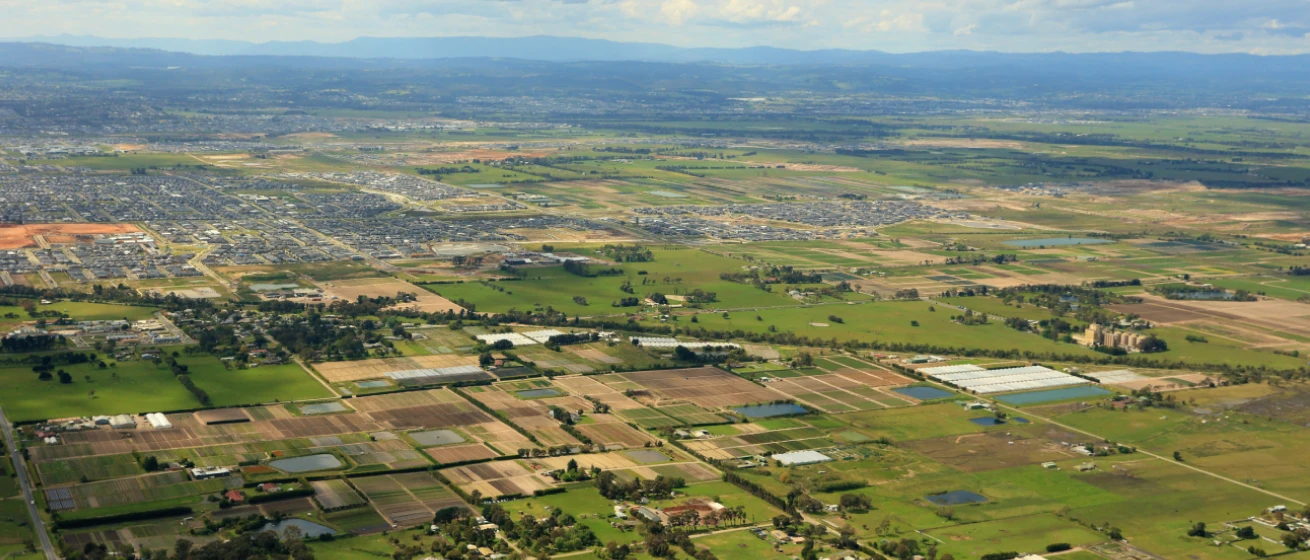
Residential Land
Across Australia’s East coast RPM has the ideal land to suit your lifestyle and dream home, explore the projects RPM is proud to be partners in selling.
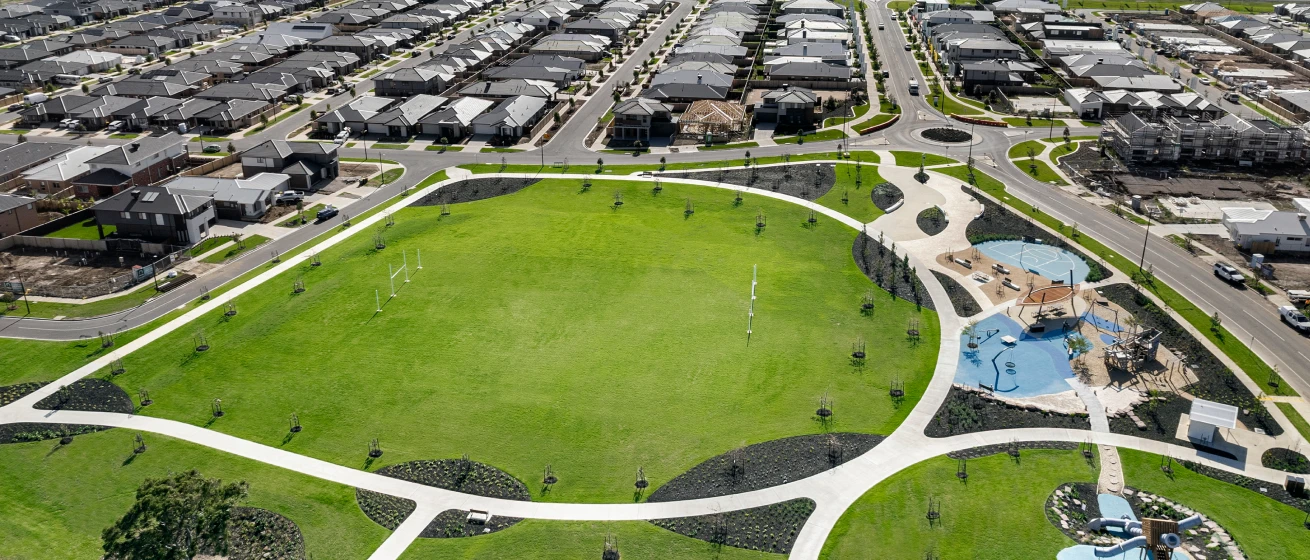
Townhomes
With townhouses to suit every lifestyle and budget, find your perfect home today.
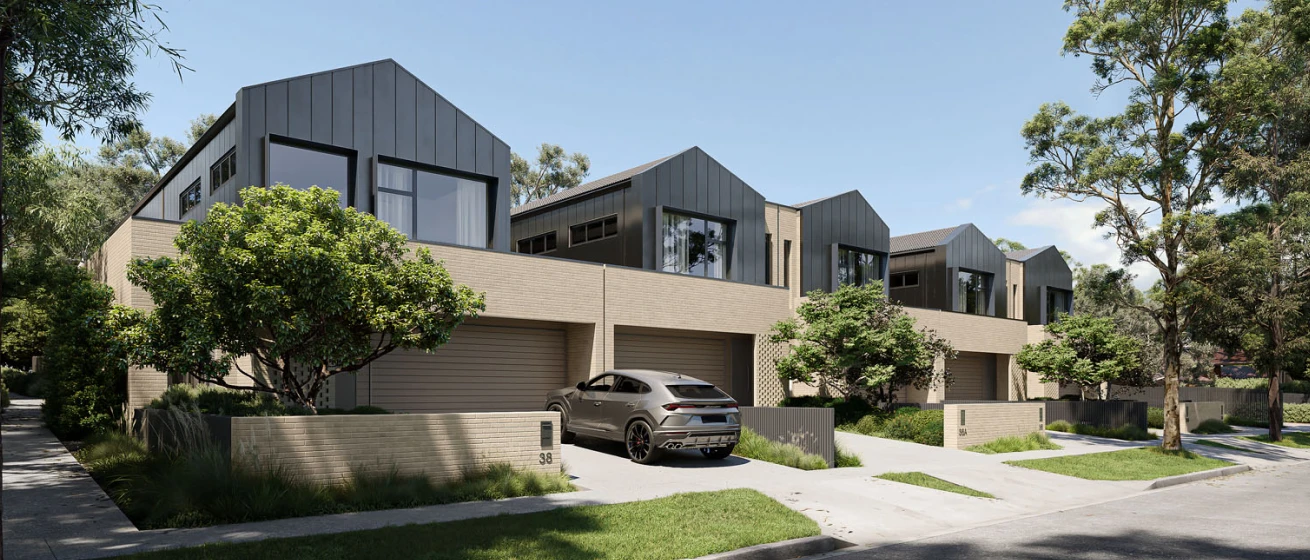
Apartments
Inner city & coastal new apartment projects. Explore our projects to find your perfect location and style of living.
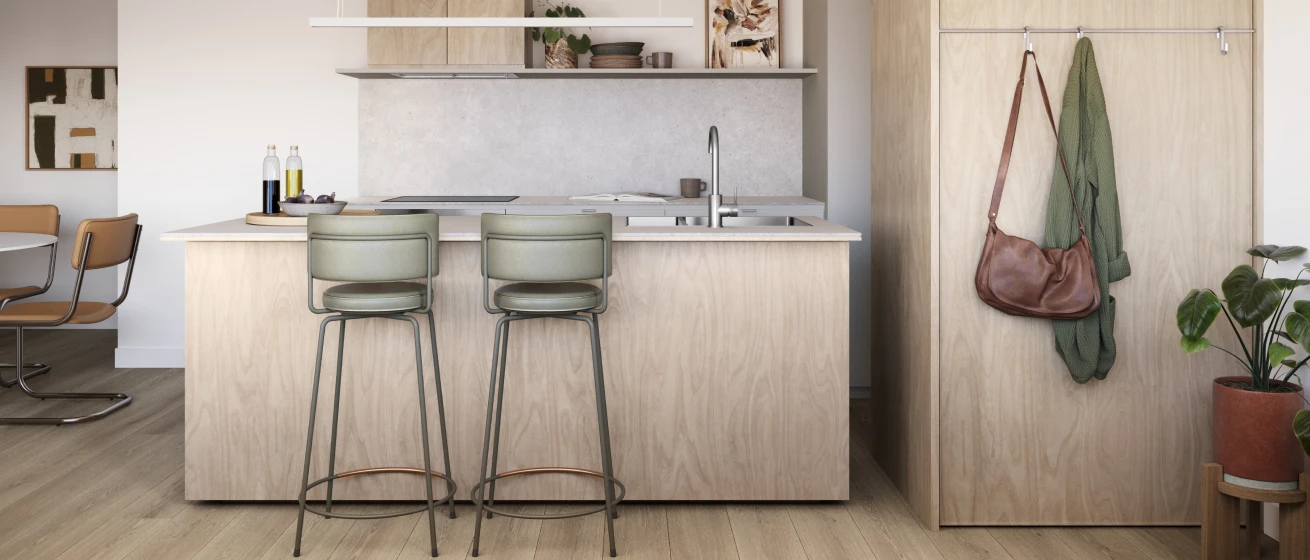
RPM offer a comprehensive suite of professional services at every stage of your property journey.
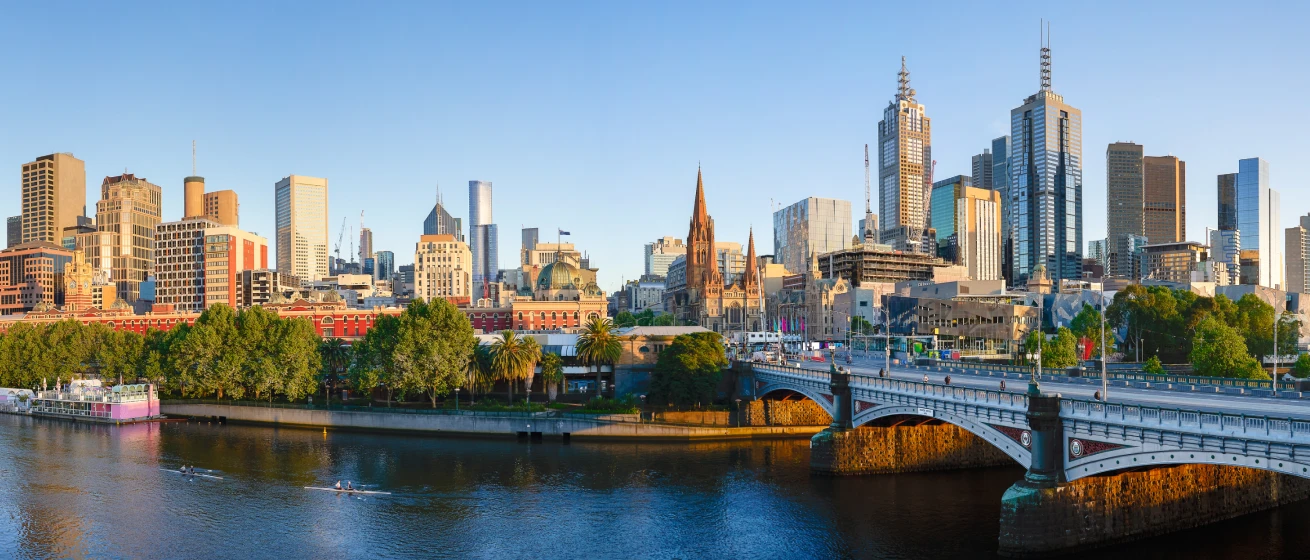
RPM offer a comprehensive suite of professional services at every stage of your property journey.
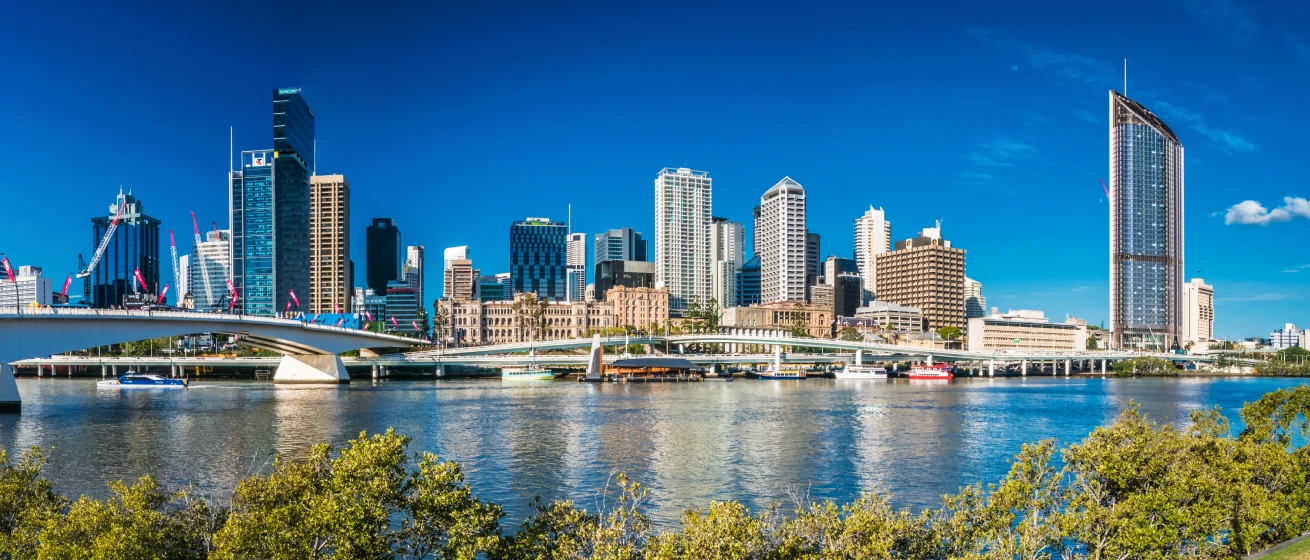
Pioneering new benchmarks in property intelligence, know-how, and data-driven insights, read the RPM Group's story.
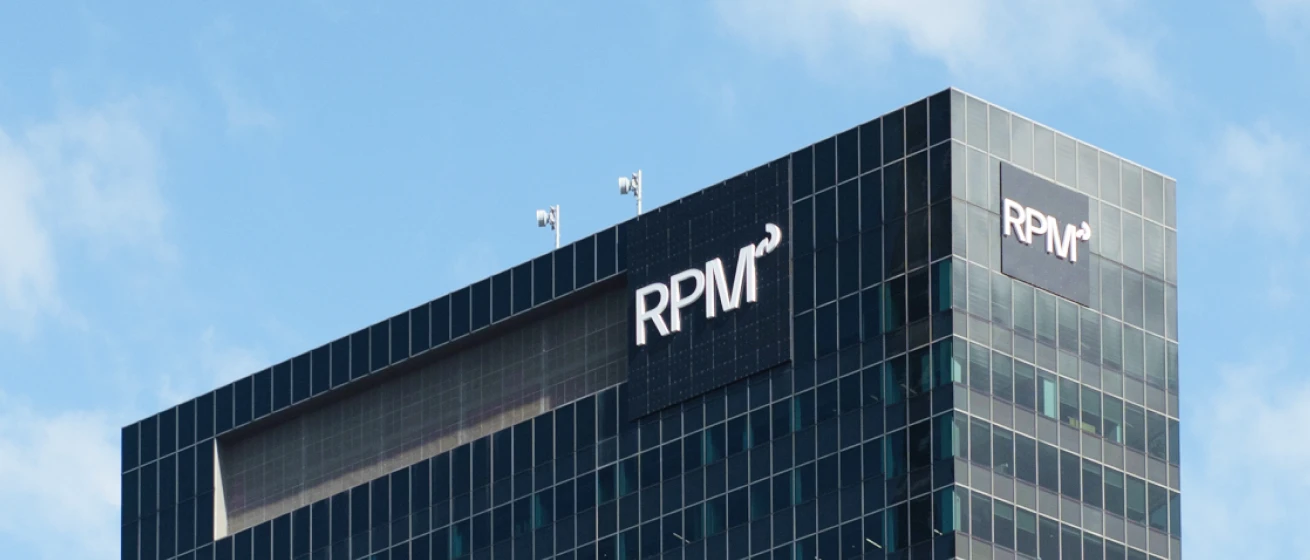
Our Story
Since 1994, RPM has grown to become the industry-leader with an expanding national presence; offering a comprehensive suite of services

Our Team
The heart of our business are the people who make it thrive. Discover the passion and dedication of our national team.
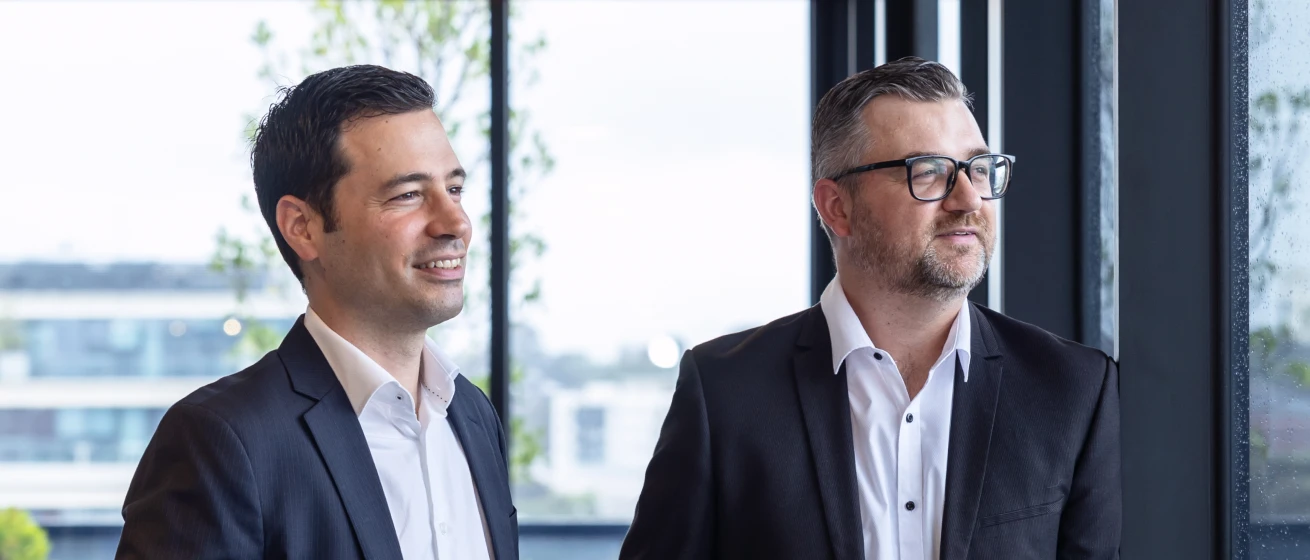
Careers
Our team of property experts is truly unparalleled. See how you can join this exceptional group and shape your future with us.

17.03.2023
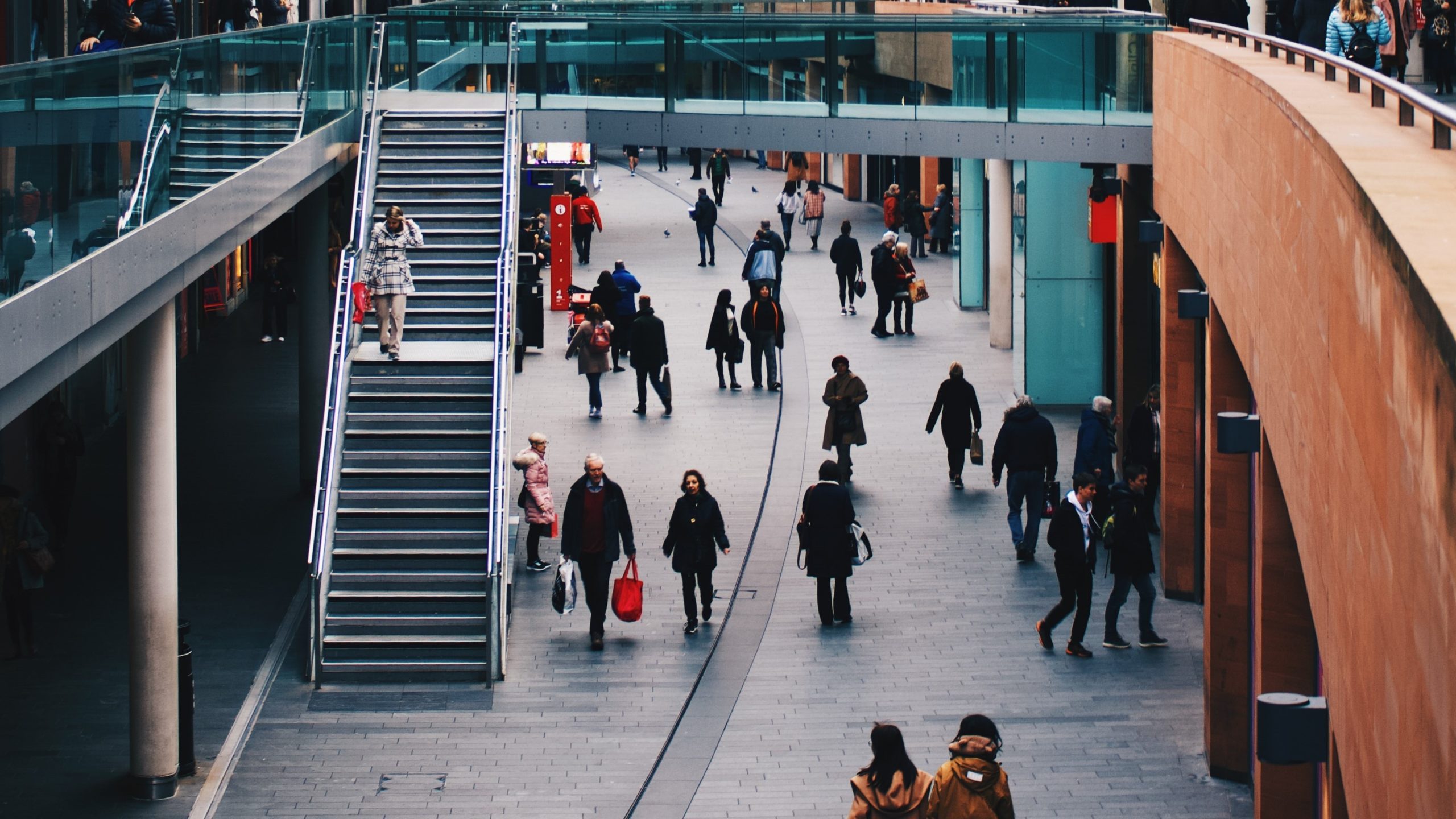
According to the Reserve Bank of Australia (RBA), inflation has peaked (per their Opening Statement to the Senate Select Committee on the Cost of Living on February 1). For everyday Australians, this may provide a piece of solid ground on which to make future financial, and potential property purchase decisions.
In Q4 2022, purchaser sentiment across the new home market continued to deteriorate, but with RBA’s position indicating finite upcoming rate rises, buyers may begin to undertake forward planning with a greater level of confidence. However, the current reality includes diminished borrowing capacity, higher cost of living, and surging construction costs.
The 18.3% annual rise in Melbourne’s CPI Index for new dwelling purchase for owner occupiers highlights the impact of these soaring construction costs – a burden specific to the new home market.
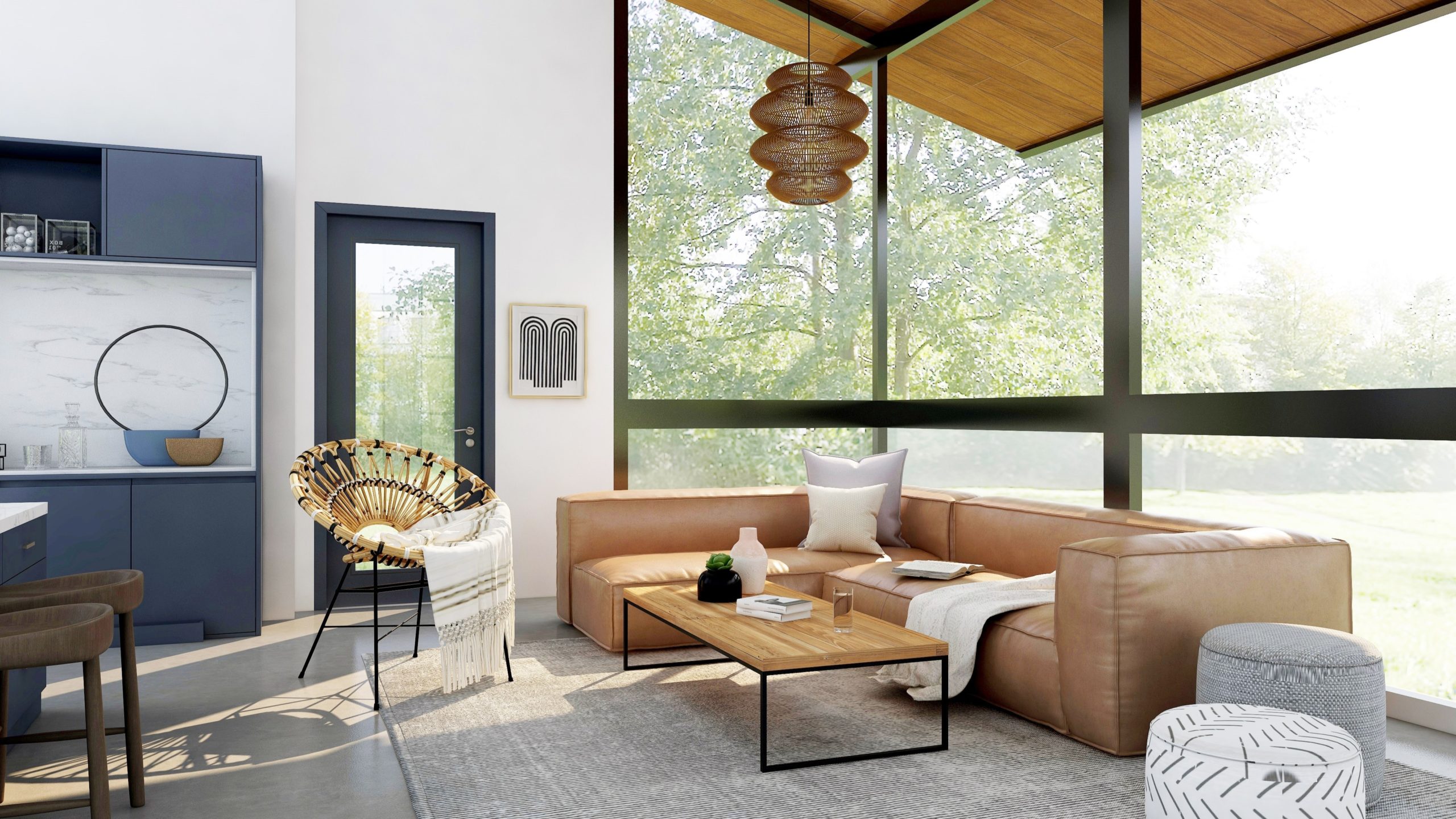
The combination of headwinds is creating significant barriers for entry to the new home market, with the ensuing shrinking pool of active purchasers resulting in sales declines in Melbourne and Geelong growth areas of 24% quarterly and 70% annually.
There were 2,054 gross lot sales in Q4 2022, but only 1,861 lot releases. These figures are slightly above the previous cyclical low in Q2 2019, and what’s interesting when we look at historical troughs, is how quickly Melbourne’s market recovers. Investor activity has lifted to above 30% of sales, indicating confidence in the market rallying imminently, given the projected interest rate peak and increasing migration.
Although, despite sales outpacing supply in Q4 2022, the average time spent on market ballooned to 79 days. RPM buyer surveys also indicated a growing proportion of buyers wanting more than one visit to an estate before purchasing – an unsurprising reversion from the fast-paced purchase decisions made during the pandemic.
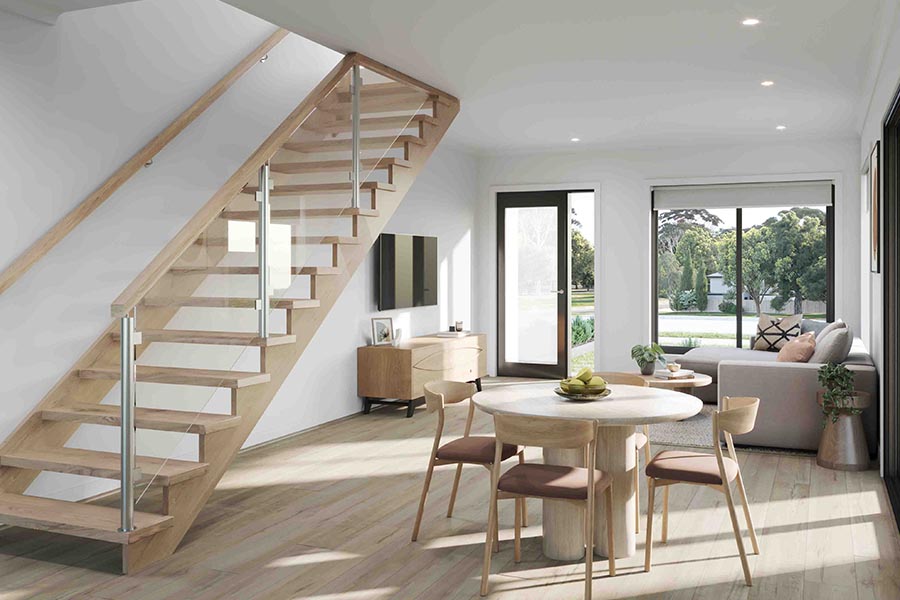
Buyers are increasingly demanding smaller conventional lots to counter rising construction costs without sacrificing their desired home design. Melbourne’s median lot size has steadily diminished from 392 square metres in Q2 2021 to 350 square meters in Q3 2022. While Q4 2022 saw a slight rise of the median lot size to 358 square metres, pushing up prices to $382,000, there is still a clear trend toward a smaller traditional block, with non-traditional housing options, like townhomes, allowing owners to bridge the gap between affordability and livability.
This article was originally published in our Q4 2022 Greenfield Market Report. For the full report, click here.
You can see how this popup was set up in our step-by-step guide: https://wppopupmaker.com/guides/auto-opening-announcement-popups/
